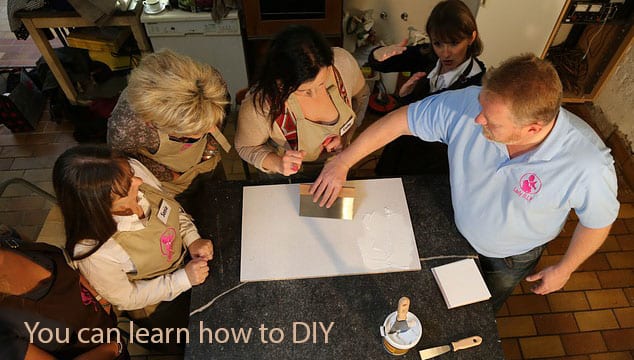It’s August and there is still plenty of summer left. I know this, but it’s also the time of year that w e start to get ready for winter.
e start to get ready for winter.
Next week, we are having our trees trimmed. I want to lower dead limbs trimmed, so as not to come down with a winter storm. Also During this month, it’s time to inspect your home to get those last minute projects in before the cold weather sets in. One of the things on our list is to replace our front door. After that, it’s time to get the furnace cleaned before we need heat.
In the fall, it will be time to clean the gutters and make sure the snow blower is ready.
Preparing now and maintaining your home and equipment will save you money in the long run.
Enjoy the rest of the summer





 It’s Hurricane Season! At least it will be on June 1st on the Atlantic side. That gives you 2 weeks to plan your strategy – just in case.
It’s Hurricane Season! At least it will be on June 1st on the Atlantic side. That gives you 2 weeks to plan your strategy – just in case. 4. Charge your cell phones. Assume you’ll be without electricity for a few days. After the storm, use your phone sparingly.
4. Charge your cell phones. Assume you’ll be without electricity for a few days. After the storm, use your phone sparingly. 8. Prepare your food pantry. If you are staying in place, make sure you have non-perishable food and water (and a manual can opener). Non-perishable means boxed or canned – they last longer than fresh foods or foods that require refrigeration. Don’t buy items that require milk, eggs, or cheese to prepare. If they’re pre-cooked, that’s even better – they might taste better heated, but it’s not necessary. Buying non-perishables is something you can do right now. Stores sell out fast, so it’s good to have your prepper foods before the hurricane is spotted.
8. Prepare your food pantry. If you are staying in place, make sure you have non-perishable food and water (and a manual can opener). Non-perishable means boxed or canned – they last longer than fresh foods or foods that require refrigeration. Don’t buy items that require milk, eggs, or cheese to prepare. If they’re pre-cooked, that’s even better – they might taste better heated, but it’s not necessary. Buying non-perishables is something you can do right now. Stores sell out fast, so it’s good to have your prepper foods before the hurricane is spotted. 10. Cash! When power outages happen, credit card and ATM machines may not work. Hurricanes bring widespread power outages, downed trees and flooding. It might not be easy (or possible) to drive far enough to find a store or bank that still has electricity.
10. Cash! When power outages happen, credit card and ATM machines may not work. Hurricanes bring widespread power outages, downed trees and flooding. It might not be easy (or possible) to drive far enough to find a store or bank that still has electricity. As the weather turns to Spring, homeowner’s start to think about home improvements. Several years back, we did a major home improvement to our home and we had to make some tough decisions about what improvements to make. Do we make changes that will make our lives easier? Do we do something that would bring added value to the home? These are the tough decisions we had to make as homeowners.
As the weather turns to Spring, homeowner’s start to think about home improvements. Several years back, we did a major home improvement to our home and we had to make some tough decisions about what improvements to make. Do we make changes that will make our lives easier? Do we do something that would bring added value to the home? These are the tough decisions we had to make as homeowners. If you are planning to sell in the near future, then recouping your expenses is a major factor in your choice. Talk with a realtor and discuss what improvements will increase your home’s value and recoup your money.
If you are planning to sell in the near future, then recouping your expenses is a major factor in your choice. Talk with a realtor and discuss what improvements will increase your home’s value and recoup your money.